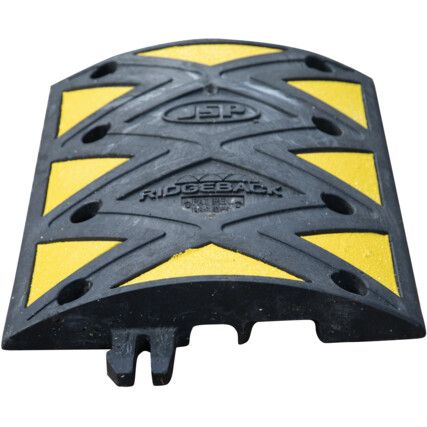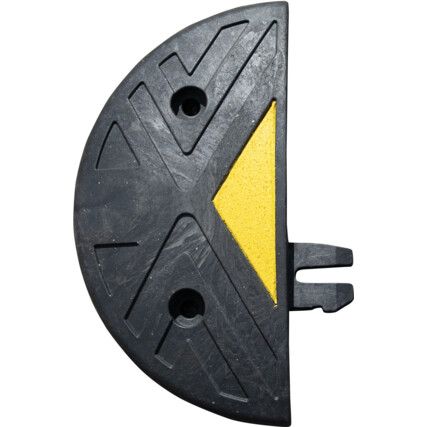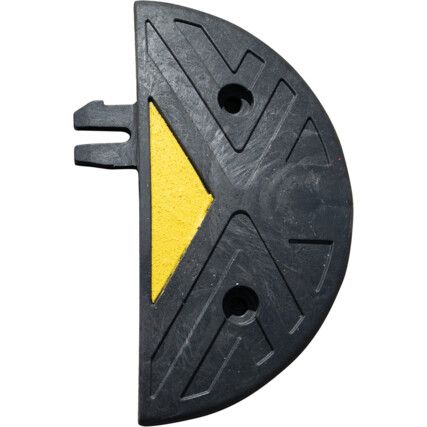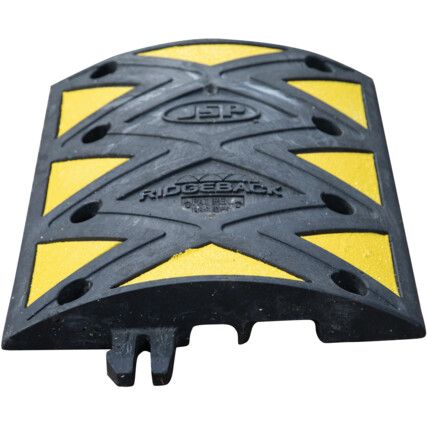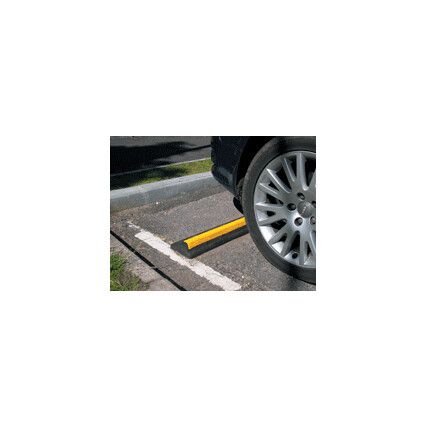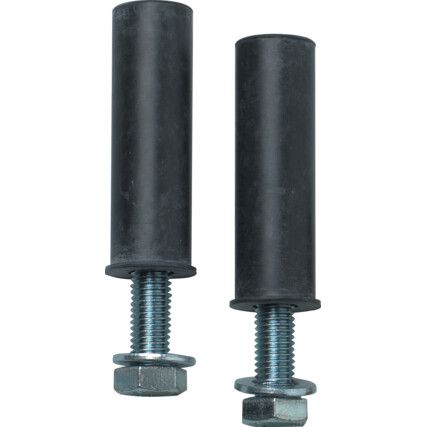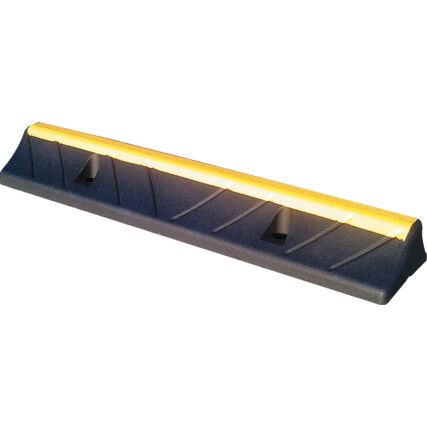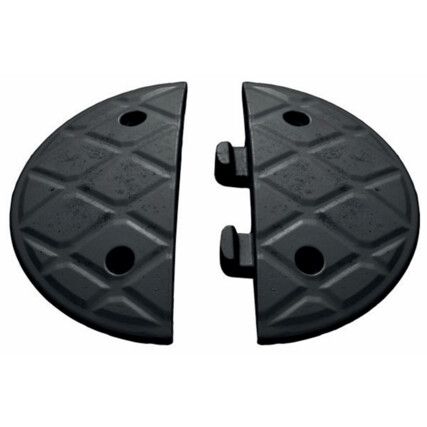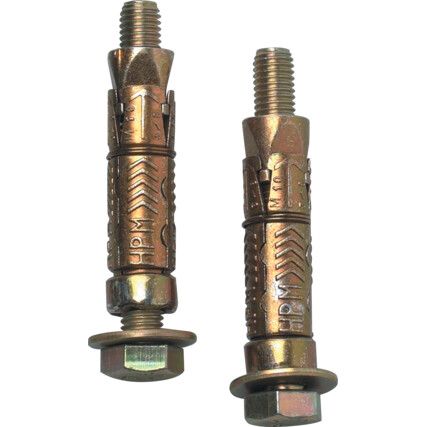Speed Bumps
If you need to restrict vehicle speeds or restrict parking at your place of work, speed ramps and vehicle stoppers are a great solution to this issue. The speed bumps will decrease speed of vehicles on site, ensuring the safety of pedestrians. Cromwell's range include brands JSP and Vistaplan. For information and guidance when choosing Traffic & Site Management products, visit our comprehensive guide.
Why speed bumps?
Speed bumps are a traffic calming measure, used to enforce a low speed limit, usually under 25mph or lower. The height of the speed bump indicates the speed you will need to be travelling when you travel over the bump. The vehicle stoppers are also available in different heights to indicate use for cars or for trucks. This ensures that the vehicle parks within a restricted area.
Speed bumps are durable by nature, thanks to the quality and robust materials that they are typically made of (e.g. PVC). They are simple to install with bolts and are commonly paired with appropriate signage.
Speed bump types
Speed bumps and vehicle stoppers are available in different heights, indicating either how slow you should be driving over the bumps or for what vehicle you will be parking when using a vehicle stopper. You should also use the correct height end caps for the speed bumps required.
• 5cm Speed Bump For use for reducing vehicle speed limit to 10mph.
• 5cm End Caps For use with the 5cm Speed Bump.
• 7.5cm Speed Bump For use for reducing vehicle speed limit to 5mph.
• 7.5cm End Caps For use with the 7.5cm Speed Bump.
• Vehicle Stopper For use in a car park location. Discreet and effective restriction for cars.
• Truck Stopper Offers a greater level of restriction for commercial and industrial applications.
FAQs
Why do we have speed bumps?
Research has shown that speed humps are an effective approach to slowing down traffic on residential streets.
What will happen if I go over a speed bump at high speed?
At high speeds a speed bump can cause significant driver discomfort. At such speeds it can act as a bump and jolt the vehicle's suspension and its occupants or cargo. Your car ould even "bottom out" which would mean damage to your car as it scrapes across the speed bump.
What legislation is there in the UK around speed bumps?
The Department of Transport and the UK government work together to regulate the use, quality and specifications of speed bumps on public highways and roads. The Highways (Road Humps) Regulations 1999 outlined by the UK government is the key piece of legislation in the UK, however speed bumps on private land are regulated by the local authority, who can advise on best practice.
Do I have to have a sign next to my speed bump?
The law denotes that traffic signs are only compulsory on roads where the speed limit exceeds 20mph. However it is recommended that signs indicating required speed are placed on all roads with speed bumps, to prevent damage to both the speed bump and vehicles.
What is the BS EN 1436:2018?
Set by the British Standards Institution (BSI), BS EN 14:36:2018 is a standard relating to Road marking materials - road marking performance for road users and test methods. This includes some information around speed bumps, specifically around the yellow/white colour used on them. The standard tests their reflection in daylight or under road lighting, retroreflection in vehicle headlamp illumination, colour and skid resistance to ensure consistency and quality.
What is the standard BS EN 1824:2011?
Also set by the British Standards Institution (BSI), BS EN 1824:2011 relates to road trials for road marking materials. This in essence, tests the durability and performance of road marking materials (including speed bumps). This helps to ensure quality and safety of the speed bumps.
